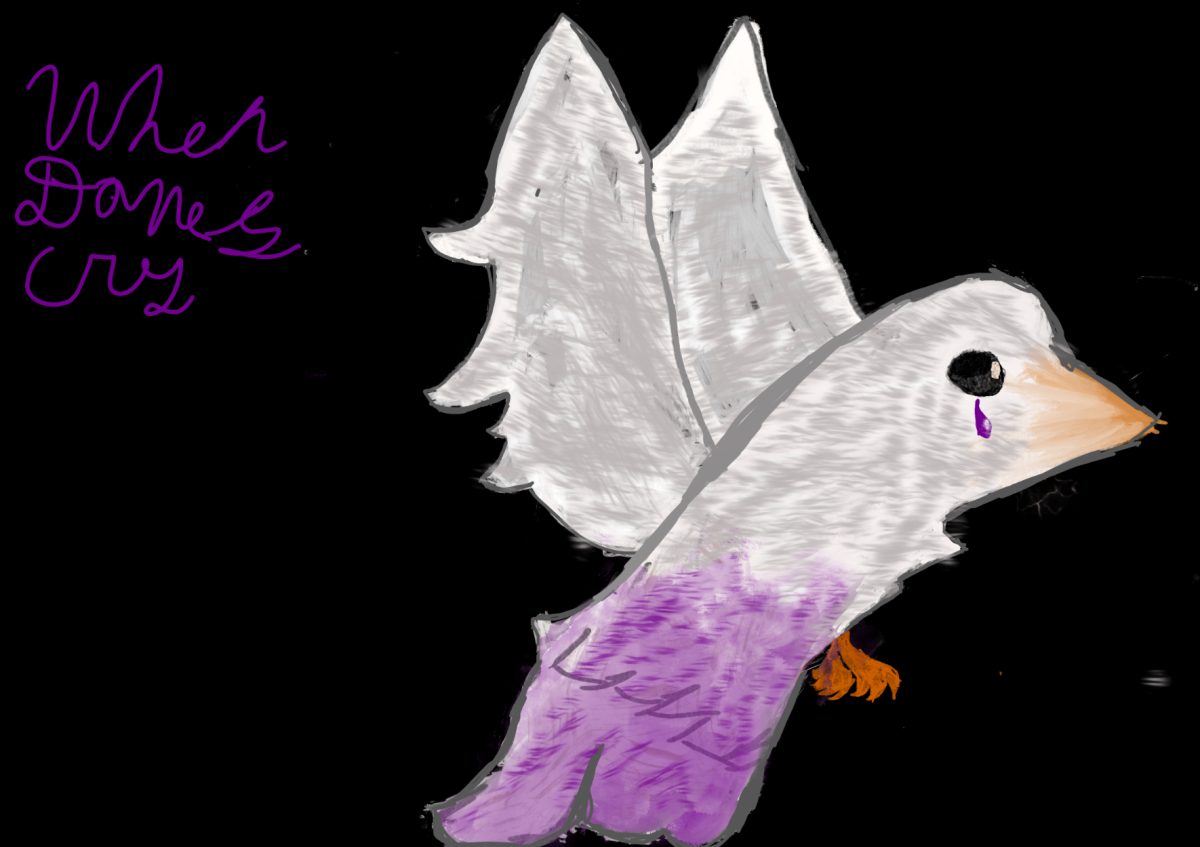Why Does the Color of the Sky Change?
Photo Courtesy Royal Courier Archive
Every year the graduating seniors arrive extra early to celebrate the waning days of their special time at ILS.
February 16, 2023
Have you ever wondered why the sunrise and sunset changes everyday?
Well, the reason of this is because of a phenomenon called scattering.
Scattering, according to professor Steven Ackerman at UW-Madison, is when molecules and small particles in the atmosphere change the way of light rays, which causes them to spread and bend light different ways. Scattering affects the color of light that comes from the sky, but what actually makes the sky change colors are the wavelength of the light and the size of the particle.
The short waves, blue and violet, bounce off from molecules in the air, while other colors with longer wavelengths, like red and orange waves, don’t such as the other colors in the spectrum, like red and orange. That’s why we see the sky blue during the day. The reason the sky is not violet is because the wavelength of the color violet is the smallest wavelength in the spectrum, and the human eye does not perceive that color as well.
Professor Ackerman has explained what makes colors of the sunrise and sunset. He said that during the day, the sun is higher up, but during sunrise or sunset, the sun is low on the horizon as it passes through more air. More atmosphere means that the molecules will scatter more, and will change the blue and violet molecules in our view.
Beyond the scientific explanation for what we see when we gaze at the sky, we can all agree that at ILS, the school on the bay, we get to enjoy spectacular views everyday.
Though living on the east coast means sunrises more than sunsets, nearby on Key Biscayne’s Cape Florida national park, there is an extension at No Name Harbor facing west where you can experience a dazzling sunset.
Sit back, relax, and enjoy the view.















